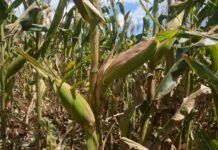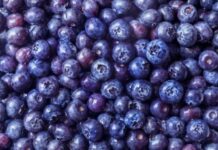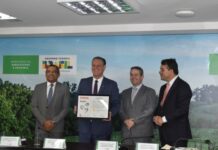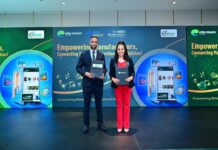
GEA has further boosted the efficiency of its robots for milking large herds with a new system configuration on the DairyRobot R9500 automated milking system. The master-secondary configuration allows up to eight boxes to be connected to a single main milk line as well as up to 16 boxes to one tank, resulting in substantial energy and water savings in multi-robot installations. A new, independent test by the German Agricultural Society (Deutsche Landwirtschafts-Gesellschaft – DLG) shows very good economy figures for GEA in a two-box system.
In its May 2023 test, DLG initially assessed the consumption metrics of a GEA monobox system. The DairyRobot excelled on all counts. In the optimized operation scenario based on 100 liters of tank milk, electricity consumption was reduced by up to one-third and water usage decreased by approximately 13% compared to the previous model.
Round two: outstanding test results for two-box system
In a second test, a multi-box system featuring two robots was put through its paces, with similarly excellent results. Compared to previous test runs, DLG demonstrated power consumption reductions of up to 29%, with water usage dropping by as much as 18%. These savings are attributable to the economies of scale inherent in the system. The relative savings increase with each additional box connected to a supply unit – and up to four boxes can be integrated into a GEA system. Extrapolated to 100 liters of tank milk, the milking robots use only 1.1 kWh of electricity in the optimum operating scenario. In terms of power consumption, this makes the GEA DairyRobot R9500 in a multi-box system the most economical DLG-tested automated milking system on the market[1].
Maximizing the savings
The new master-secondary configuration now takes the scale economies to new heights. In this setup, the master robot controls the other linked systems. It allows up to eight boxes to be connected to a main milk line and up to 16 to a single tank.
Additionally, when energy for water heating is sourced from a heat recovery system or an on-farm woodchip boiler, for example, the gains are even greater. However, the actual annual savings will vary depending on farm-specific and on-site conditions. “This underscores the importance of our guidance to farmers considering the transition to automated milking, allowing them to plan and build – and realize substantial savings,” notes Michael Berentzen from Sales Support at GEA.
GEA unveils TÜV-validated “Add Better” ecolabel; DairyRobot receives validation
In addition to independent testing by DLG, GEA underscores its maximum transparency approach with the newly launched “Add Better” ecolabel. With this label, GEA highlights all solutions – from industrial machines and processes to digital solutions and entire plants – that demonstrate significantly improved resource efficiency compared to their predecessors.
The underlying evaluation process – from data collection to calculation and documentation – complies with the ISO 14021:2016 standard. It has been validated by TÜV Rheinland, one of the world’s leading testing service providers. Final evaluation by GEA’s Global Executive Committee ensures that the efficiency gains are substantial enough to merit the Add Better label. The process is designed to guarantee utmost transparency for GEA customers.
GEA’s DairyRobot is one of the first systems to be validated based on its power savings and awarded the Add Better label. The company will continue to expand its Add Better portfolio with new solutions. The pipeline for the next validation round is already filled with additional candidates from the GEA Farm Technologies portfolio.
[1] Based on DLG test of the multi-box system with two robots, Scenario 1 “optimized operation”, with 170 milkings, 1836 l milk per day, three main rinses, one local rinse, and heat recovery.







